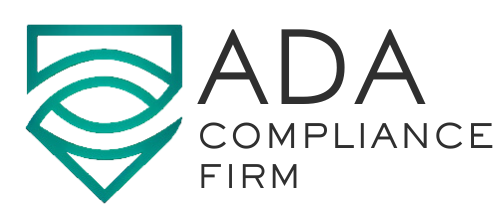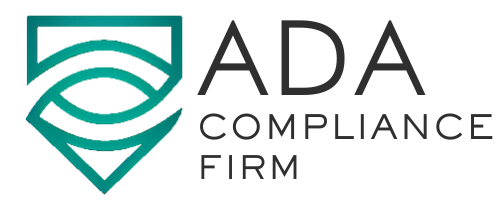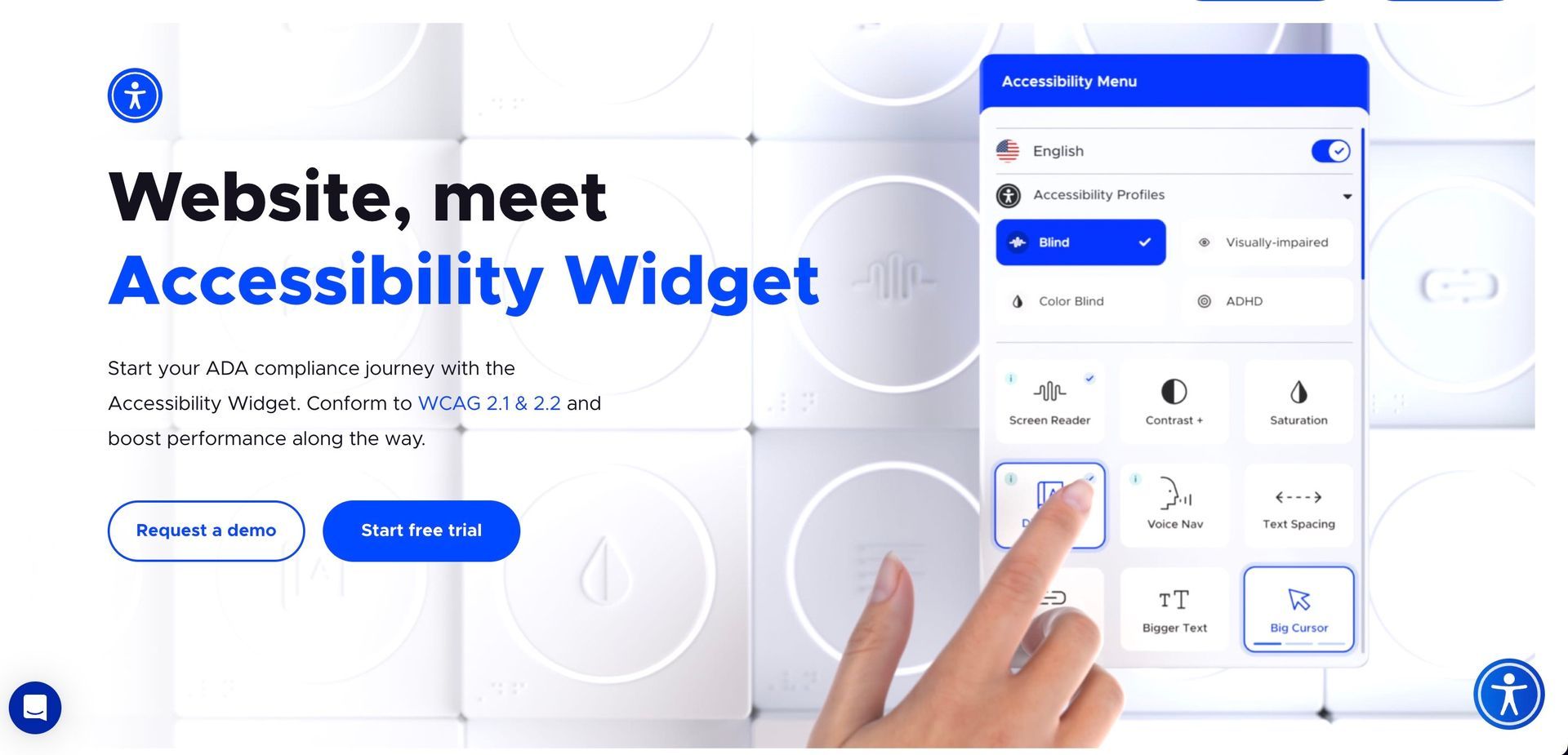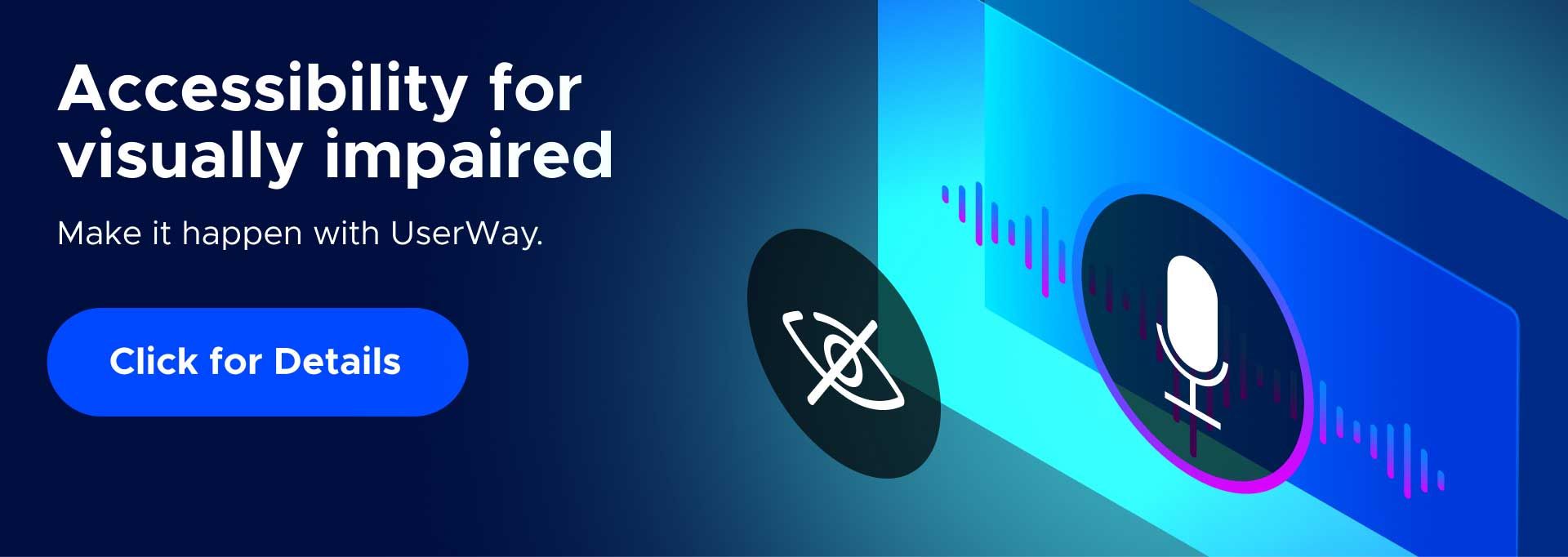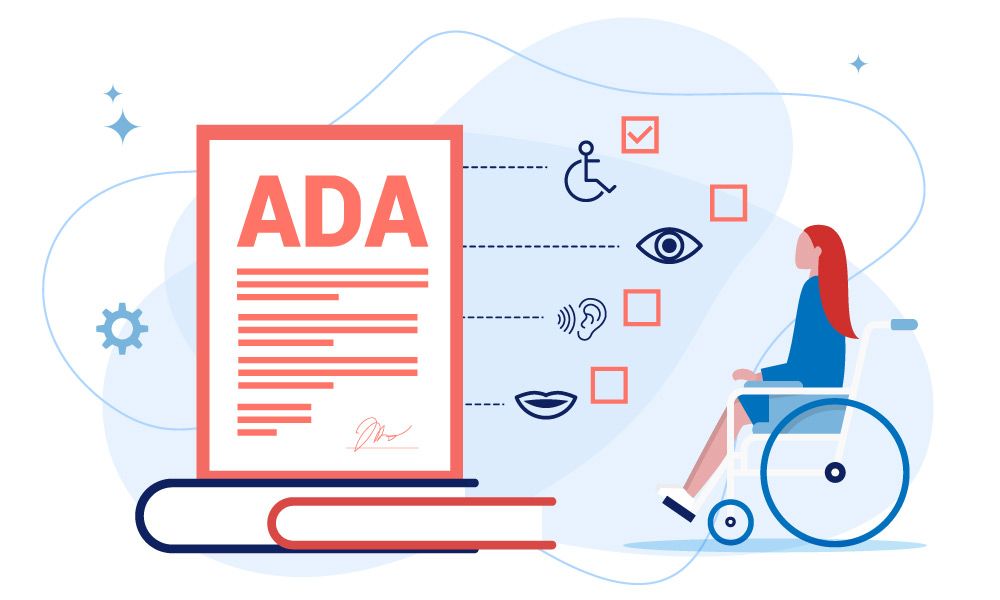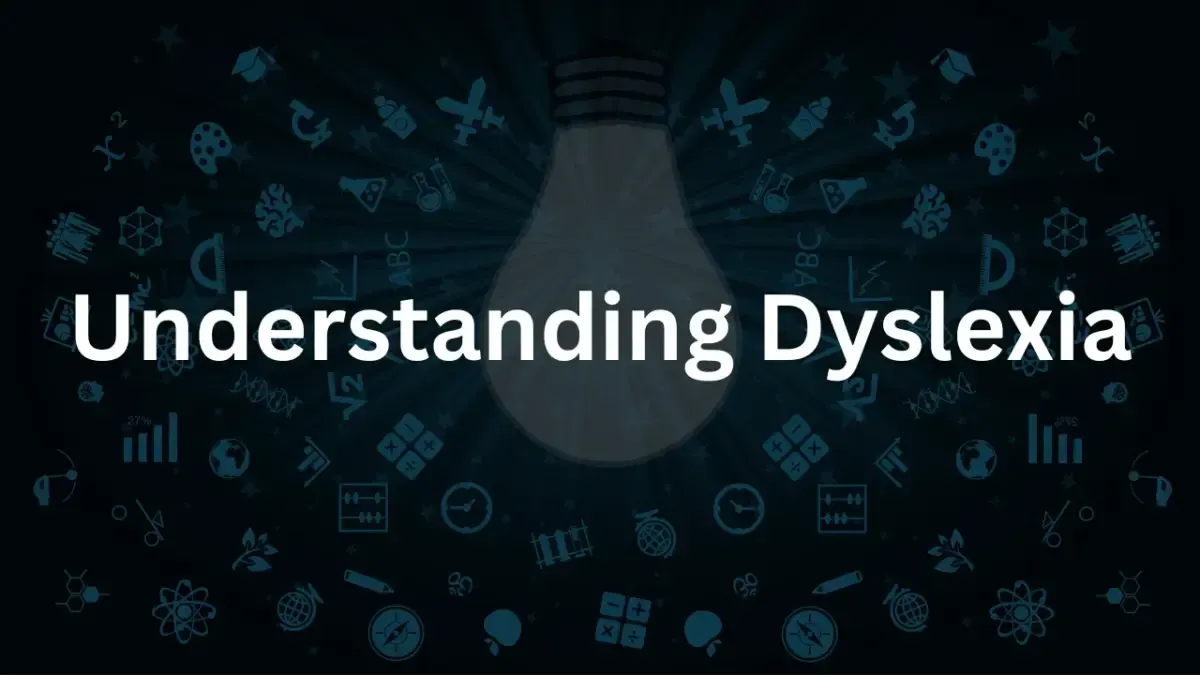Understanding Epilepsy: A Comprehensive 5-Step Guide
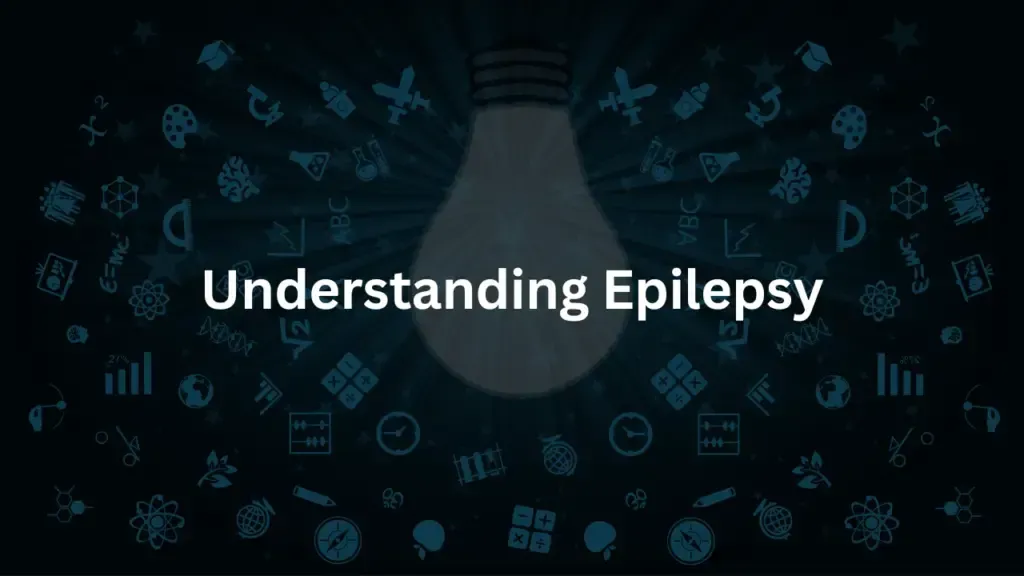
Introduction: The Scope of Understanding Epilepsy
Epilepsy is not just a medical condition but a societal concern, impacting millions globally. Its reach extends beyond the individual, affecting families, workplaces, and communities, necessitating a multifaceted approach to management and care.
This guide aims not only to demystify epilepsy but also to emphasize the critical need for accessible and supportive environments. It’s about understanding the nuances of the condition and fostering a society well-equipped with knowledge, empathy, and resources to ensure that those affected can lead fulfilling lives.
- Understanding epilepsy
- Emphasize need for accessible and supportive environments
- Understand condition nuances
- Foster knowledge, empathy, and resources
- Enable fulfilling lives for those affected by epilepsy
What is Epilepsy?
Epilepsy is a complex neurological condition characterized by recurrent, unprovoked seizures. These seizures are manifestations of sudden, excessive electrical discharges in a group of brain cells. Different parts of the brain can initiate a seizure, making the condition highly varied and unpredictable. Understanding the distinctions between focal (originating from a specific part of the brain) and generalized (involving the entire brain) seizures, as well as recognizing cases of unknown onset, is fundamental for devising effective treatment strategies.
This knowledge paves the way for targeted therapies and personalized care plans for a better Understanding of Epilepsy.
The Impact of Epilepsy
Understanding Epilepsy’s ripple effect is profound, touching every aspect of an individual’s life. It’s not just the physical implications of the seizures but the psychological and social ramifications that alter the day-to-day existence of those diagnosed. The unpredictability of seizures can pose constant challenges, affecting one’s independence, career, and social interactions.
Understanding these impacts is crucial for developing comprehensive support systems that address not just the medical needs but also the emotional and practical aspects of living with epilepsy.
Diagnosis and Treatment of Epilepsy
Early detection of understanding epilepsy is a critical step towards effective management. The diagnostic process often involves a combination of patient history, neurological examination, and specific tests like EEG (Electroencephalogram) and brain imaging. Treatment is multifaceted, tailored to the individual’s specific type of epilepsy, and may include medications, surgical interventions, and lifestyle modifications.
Continuous advancements in medical science are broadening the horizons of epilepsy treatment, offering hope and improved quality of life for those affected.
Epilepsy and ADA Compliance: Creating Accessible and Supportive Environments
Epilepsy’s unpredictable nature necessitates environments that are not just physically accessible but also empathetically supportive. ADA compliance isn’t just a legal formality; it’s a moral commitment to inclusivity. This section emphasizes the legalities and ethical responsibilities of ensuring that spaces, both physical and digital, accommodate the unique needs of those living with epilepsy.
Legal and Ethical Aspects of ADA Compliance
- Legal Framework: The Americans with Disabilities Act (ADA) mandates accessible environments for people with disabilities, including understanding epilepsy. It requires reasonable accommodations in public spaces and workplaces.
- Ethical Responsibility: Beyond legal compliance, there’s a moral obligation to create inclusive spaces that cater to the unique needs of those with epilepsy.
Implementing ADA Compliance
- Physical Accessibility: Ensure seizure-safe environments, like providing areas for rest and recovery, and implementing seizure response protocols.
- Digital Accessibility: Websites and digital tools should be designed to be user-friendly for people with epilepsy, considering potential triggers like flashing lights or certain patterns.
Resources for Compliance
- The ADA National Network provides guidance on ADA compliance and accessible design to better understand epilepsy.
Technological Advances and Resources
The digital era offers groundbreaking tools and platforms, from seizure-monitoring devices to online support communities. These resources are vital, offering both practical aids for managing and understanding epilepsy and a network for shared experiences and support.
Innovative Tools and Support
- Seizure-Monitoring Devices: Wearables and smart technology that alert users and caregivers of seizure activity.
- Epilepsy Management Apps: Tools for tracking seizures, medication schedules, and doctor’s appointments.
Online Communities and Information
- Forums and Support Groups: Platforms like Epilepsy Foundation offer communities for shared experiences and support.
- Educational Resources: Websites providing comprehensive information on understanding epilepsy management and research advancements.
Living with Epilepsy: Tips and Advice
Life with epilepsy demands adjustments, but it doesn’t dictate limits. Practical lifestyle tips, from diet to stress management, and advice on creating a supportive network are shared to empower individuals to navigate life with confidence and resilience.
Lifestyle Management
- Dietary Considerations: Following a ketogenic diet or other nutrition plans as advised by healthcare providers.
- Stress Reduction: Techniques like meditation, yoga, and regular exercise to manage stress, a known trigger for seizures.
- Understanding Epilepsy: Once you fully understand the effects epilepsy has on your life you can better monitor your lifestyle.
Building a Support System
- Education and Awareness: Educating family, friends, and colleagues about understanding epilepsy to foster understanding and support.
- Emergency Planning: Having a seizure action plan in place for different environments.
Success Stories: Overcoming Challenges
This section showcases the triumphs over epilepsy, narrating stories of courage and perseverance. It also highlights significant contributions to understanding epilepsy research and advocacy, painting a picture of hope and progress.
Inspirational Narratives
- Profiles of individuals who have successfully managed their understanding epilepsy while pursuing personal and professional goals.
Research and Advocacy Highlights
- Breakthroughs in understanding epilepsy research and the role of advocacy in improving the lives of those with epilepsy.
The Role of ADAComplianceFirm.com: Pioneering Accessibility and Support
ADAComplianceFirm.com stands at the forefront of championing accessibility and support for individuals with epilepsy. This section highlights the firm’s comprehensive services, ranging from ADA compliance consulting to the implementation of supportive technologies. Their commitment to creating inclusive spaces that transcend mere compliance and foster genuine understanding and accommodation is underscored.
Comprehensive Services
- ADA Compliance Consulting: Expert guidance on adhering to ADA standards, ensuring legal and ethical obligations are met.
- Implementation of Supportive Technologies: Introduction of advanced tools and resources to facilitate a supportive environment for individuals with epilepsy.
Commitment to Inclusivity
- Beyond Compliance: Emphasis on creating spaces that transcend legal requirements, focusing on genuine understanding, empathy, and accommodation.
- Educational Initiatives: Providing resources and training to businesses and organizations to foster awareness and proper management of epilepsy in various settings.
Collaborative Approach
- Partnerships and Advocacy: Collaborating with advocacy groups, medical professionals, and technology developers to push the boundaries of support and care for epilepsy.
- Community Engagement: Encouraging dialogue and feedback from individuals with epilepsy to continually refine and improve services.
Advocating for Workplace Inclusivity: Creating an Epilepsy-Friendly Environment
In the pursuit of a diverse and inclusive work environment, it’s crucial to consider the specific needs and challenges faced by employees with various health conditions. Epilepsy, a neurological disorder that affects millions worldwide, is one such condition that demands attention and understanding within the workplace.
Creating an epilepsy-friendly workplace not only supports the affected employees but also enriches the entire organization by fostering a culture of empathy, awareness, and inclusivity. Here’s how companies can take proactive steps to accommodate employees with epilepsy and ensure that the workplace is a safe, supportive, and inclusive space for everyone.
Awareness Training: Laying the Foundation of Understanding
The journey towards an inclusive workplace begins with awareness. Conducting regular training sessions helps employees understand what epilepsy is, recognize the signs of seizures, and respond appropriately. These sessions should aim to demystify the condition, debunk common myths, and equip the workforce with the knowledge to handle seizure incidents with confidence and compassion.
By fostering a well-informed workforce, companies can create a supportive environment where misconceptions are replaced with factual understanding.
Flexible Work Arrangements: Valuing Employee Well-being
Recognizing the unique challenges faced by employees with epilepsy is crucial in cultivating an empathetic workplace culture. Flexible work arrangements, such as adaptable work schedules or remote work options, can be instrumental in accommodating medical appointments or recovery periods after seizures. Such accommodations ensure that employees with epilepsy can manage their condition without feeling penalized or marginalized for circumstances beyond their control.
This not only aids in their well-being but also demonstrates the company’s commitment to supporting diverse needs.
Supportive Policies and Practices
Seizure Response Plan
A well-defined seizure response plan is essential for ensuring the safety and dignity of employees with epilepsy and to better help them with the understanding epilepsy. This plan should outline clear and concise steps for assisting an employee during and after a seizure, prioritizing their safety and privacy. By preparing all employees on how to react in such situations, companies can minimize confusion and anxiety, ensuring that the affected employee receives appropriate care promptly and respectfully.
Health and Wellness Programs
Integrating comprehensive health services, counseling, and wellness initiatives can significantly contribute to the overall well-being of employees with epilepsy. These programs should not only address physical health but also encompass mental health support, recognizing the emotional and psychological challenges that can accompany living with a chronic condition. A holistic approach to health and wellness fosters a workplace environment where employees feel genuinely cared for and supported.
Collaborative and Supportive Culture
Inclusive Communication
Creating channels for open and inclusive communication is pivotal in destigmatizing epilepsy and building a supportive workplace culture. Encouraging honest dialogue about the condition, its challenges, and the specific needs of affected employees can foster an environment of empathy and understanding. When employees feel comfortable discussing their experiences without fear of judgment or discrimination, it enriches the workplace with diverse perspectives and mutual support.
Employee Resource Groups
Establishing employee resource groups for individuals with epilepsy (and other conditions) can be a powerful catalyst for positive change. These groups provide a platform for employees to share experiences, offer mutual support, and advocate for policy enhancements. They empower employees by giving them a voice in shaping workplace practices and policies, ensuring that the organization’s commitment to inclusivity is not just theoretical but actively practiced and continuously improved.
Epilepsy-friendly Workplace
Creating an epilepsy-friendly workplace is an ongoing journey that requires commitment, understanding, and action from the entire organization. By implementing awareness training, flexible work arrangements, supportive policies, and fostering a collaborative culture, companies can ensure that employees with epilepsy—and indeed, all employees—feel valued, supported, and empowered. An inclusive workplace is not just a benefit for employees with specific needs; it’s a testament to a company’s dedication to diversity, empathy, and mutual respect, ultimately leading to a more harmonious, productive, and innovative working environment.
Conclusion
The journey through understanding epilepsy, its far-reaching impacts, and the pivotal role of ADA compliance concludes with a call to action. It urges collective effort in nurturing an environment that not only adheres to legal standards but also embraces the spirit of empathy and inclusivity. The narrative reaffirms the commitment of ADAComplianceFirm.com to this cause, inviting readers to join in fostering a society attuned to the needs and potentials of every individual, regardless of the challenges they face.
Join our newsletter
Recent Blog Posts
